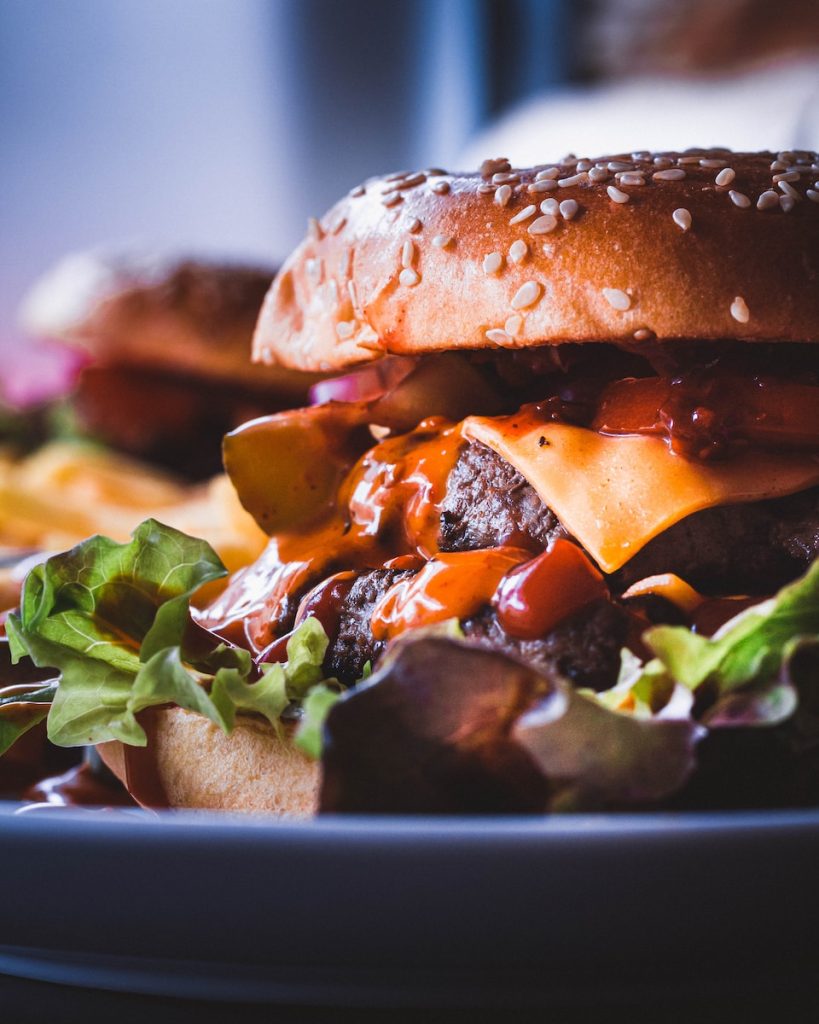In this blog we’ll go over some of the benefits of intermittent fasting, and will tell you more about this special method of control over the caloric consumption. For our article on intermittent fasting we began by writing the following post. Many people have asked to write a more concise piece on IF and here we are. It will be clear that fasting isn’t a new concept and is already element of your daily routine regardless of whether you are aware or you do. Additionally, we will show the various ways to use fasting effortlessly integrating it into your routines and routines. Le’ts go!

Intermittent Fasting–The Oldest Diet In The Books
In the introduction Fasting isn’t a new concept. In fact, people have been fasting involuntarily at the start of the time. Prior to the time of civilisation there was a shortage of food, and you were able to eat the things you could find or hunt. Our bodies adapted to that and needed to hunt for food and hunt for animals even when hungry. Food consumption was a necessity as it became available.
However, in contemporary circumstances, when the need to hunt for food is no longer a necessity we tend to fast for 7 to 8 hours a day, mostly in the evenings. The essence of a fast is any time in between meals. Therefore, if you’re not eating or digesting food that you’ve had within the last 1-2 hours it, you’re in the state of fasting. In reality, sleep is the main component of every intermittent fasting program and adds up to the total number of fasting hours.
Apart from sleeping, large sections of the population adhere to fasting in a religious manner. Muslims are, for instance are fasting during Ramadan and don’t eat any liquid or food from sunrise until sunset. When you consider that the population of 1.8 billion Muslims around the world, you can observe that fasting is not new and most people do without a lot of excitement (although it is worth it, as ….this kind of lifestyle could yield tangible effects).
What Is Intermittent Fasting?
Intermittent fasting is a method of eating during which an individual is able to spend X days or hours in a state of fasting then eats for X hours/days. It’s as simple as that the cycle of fasting or eating that occur frequently, easy to understand.
This is a type of voluntary of fasting, making it distinct from the lack of food that our ancestors used to contend with. The main purpose of this kind of diet is fitness and health-related and not religious, which is different from fasting for religious reasons. The majority of people opt for it in order to shed fat or to keep their calorie intake under control however, it also offers numerous general health advantages.
Although the aim to lose fat is the common goal in most diets but intermittent fasting isn’t an actual diet. The majority of diets focus on monitoring what you eat or what foods you shouldn’t eat. Intermittent fasting is different because you’re watching what you eat.
The “Watch When You Eat” Genius
By restricting you “eating window” to only the X number of hours per day (we are going to introduce intermittent fasting later) You are more likely to eat fewer food than you normally consume if you eat it spread out across all day.
If you’re trying to shed pounds, the only thing you require to do is maintain a deficit in calories every day. Intermittent fasting is a great way to follow through since it allows you to consume your usual food. You can achieve a caloric limit without eliminating your favorite food out of your diet. This is is the most beneficial aspect of intermittent fasting as it’s different from others “diets” that are taking away your favorite food items.
The theory behind intermittent fasting is straightforward that if you have restricted time for eating then you’ll consume less food overall. In practice it can be very effective for those who take your normal food choices. Make sure to not replace your meals regularly with more calorie-rich alternatives and you’ll be fine The weight loss will commence.
Different Types Of Intermittent Fasting
Intermittent fasting is simple in concept, but also when you practice it, since it is merely a matter of manipulating your eating and fasting windows. That’s all there is to it. Below, you’ll discover various popular ways to use this type of diet.
16:8
16:8 is easily the most popular and most commonly used type that is intermittent fasting. This is a fasting regime where you’re eating for 16 hours, and eating within an 8-hour timeframe.
You can, for instance, consume food between 12-8pm each day, and the remainder is fasting. If are a night owl and wake up later you are able to move the window wherever you’d like it. 12-8 works well for the majority of people who work on the first shift. If you love breakfast and you love exercising in the evenings it is possible that an 8-4pm schedule may be more suitable for you (yes you can workout in an accelerated state, more details on this in a future article).
5/2
Contrary to 16:8, the 5/2 approach to intermittent fasting concentrates on days and not hours. You eat normal during the week, five days per week but you limit the calories you consume to just 1/4 of the other two days you choose.
When you regularly do this by doing this regularly, you can reduce the number of calories you consume during the week, which leads to weight loss. Additionally, since you’ll be eating normally for the remaining five days so that you don’t feel depleted constantly.
We’ve discussed the importance of religious fasting in the past and the 5/2 method is comparable to some religious rituals. Orthodox Christians are fasting on Wednesday and Fridays, during which they are forbidden to eat anything from animals (besides certain fish occasions). Because they do not consume their usual meals on these two days, they are more likely to gain weight, mostly since this occurs every week.
24 – Hour Intermittent Fasting
This is as straightforward as it gets. You don’t consume anything for the entire day. The purpose of this kind practice is to rid your body of any toxins.
The problem in this type of fasting comes from the fact it may cause “harsh” to adjust to for those who are new to fasting. If you’re a novice to fasting, you may experience to experience a fatigue as well as anxiety and headaches. It is highly likely that you will not keep doing this each week (you should take it up once every week to shed some weight). It is essential to gradually begin to build up to this type of fasting. But, once you are comfortable with fasting, you’ll find that being distracted and busy can help you achieve the 24-hour period (and over).
Because adherence is the key to the loss of weight and results in fitness generally, we cannot claim that this is the most effective method of fasting for people who is just beginning to experiment with fasting.
Conclusion
As you will see, fasting is nothing new, and it is among the most effective methods to manage your calories and begin losing weight. It’s free to test, it’s simple, and is highly efficient. This is right – nearly every other method of weight loss costs money. Fasting can save you money since you eat less. This is the reason there aren’t any celebrities or big corporations promoting the practice of fasting. This is in their interests to tell people to consume less.
Since so many people enjoy this type of food We don’t see any reason why it won’t work for everyone. Try 16:8, and observe the difference in your body. We’re betting you’ll be surprised.










